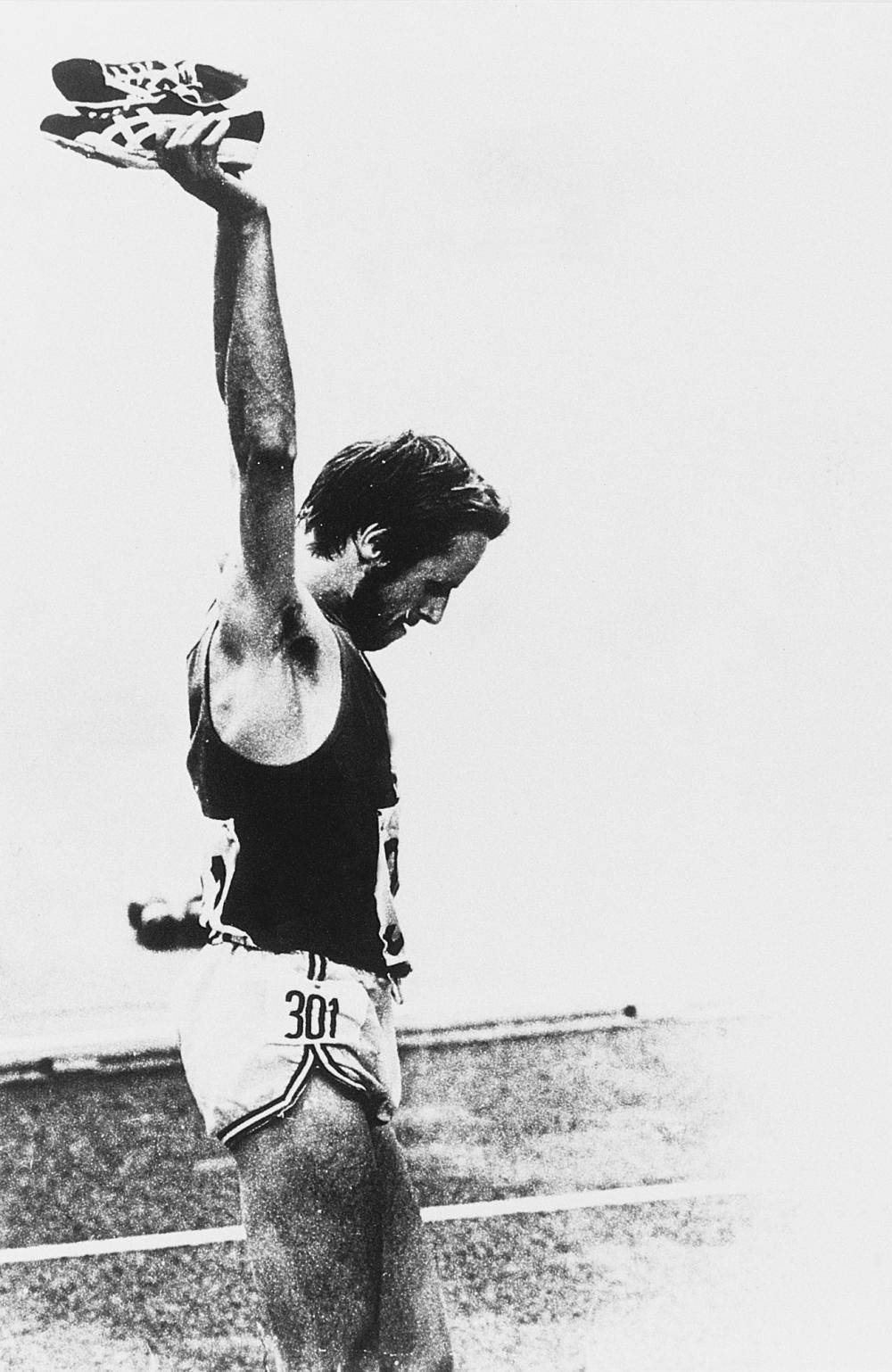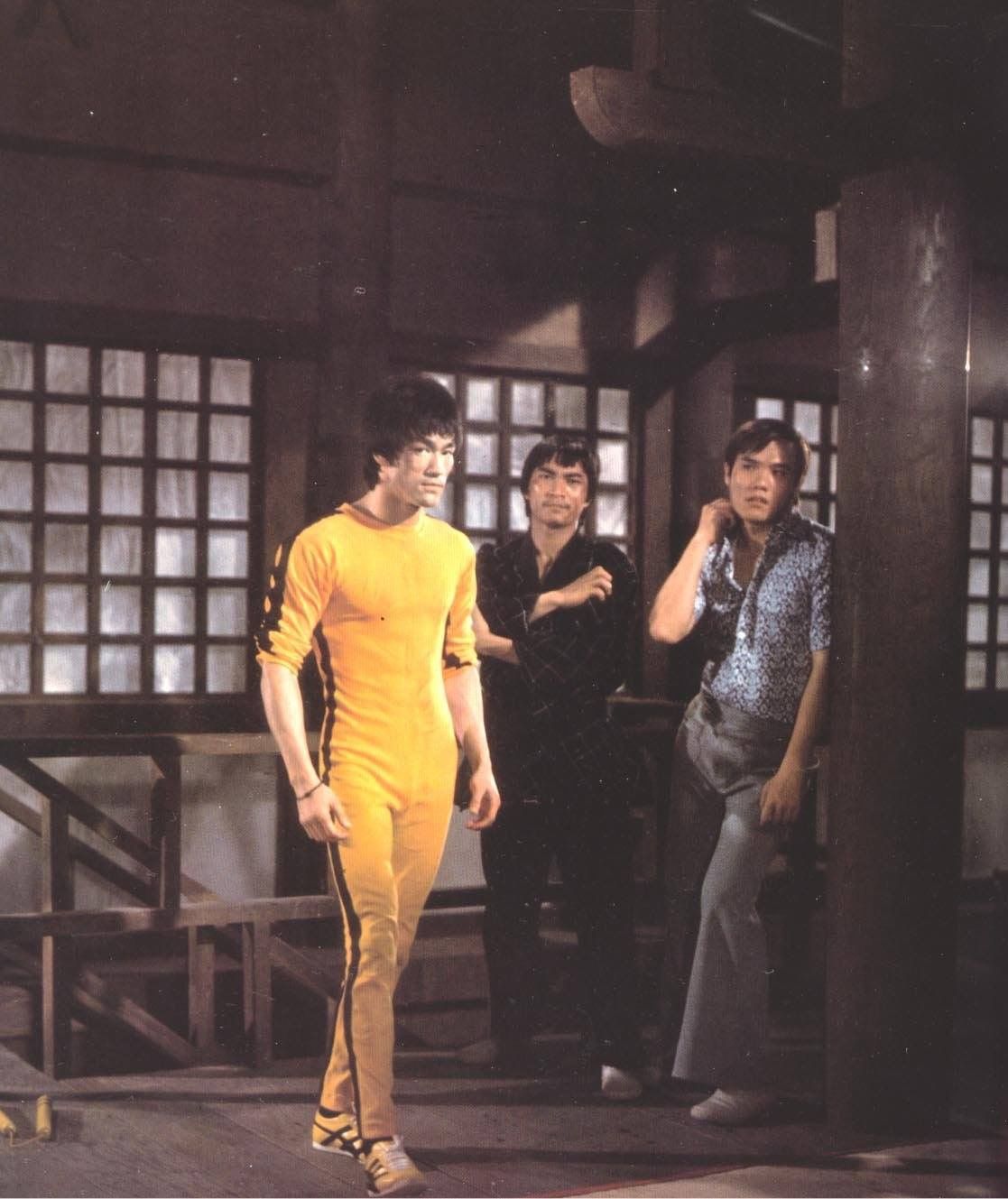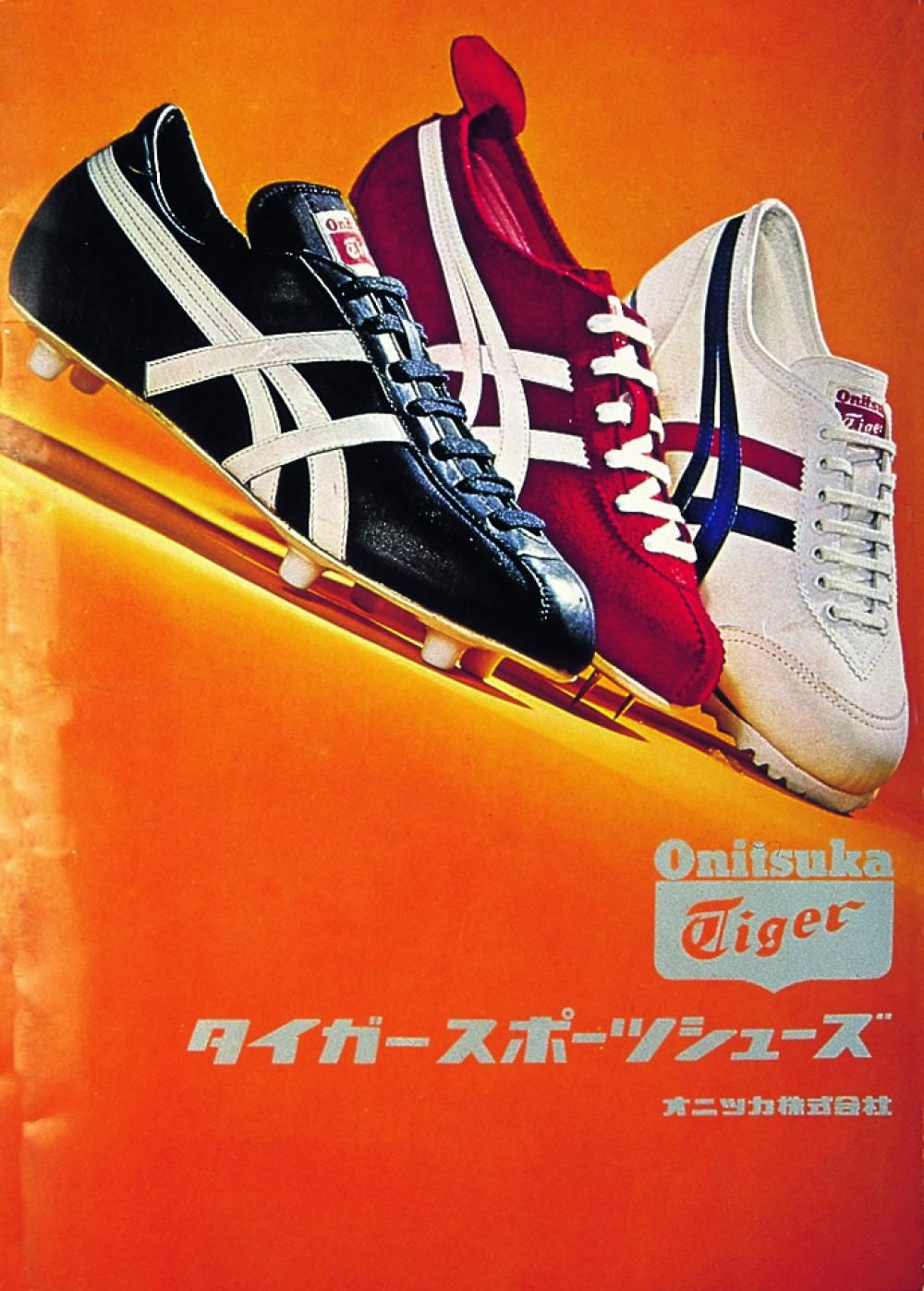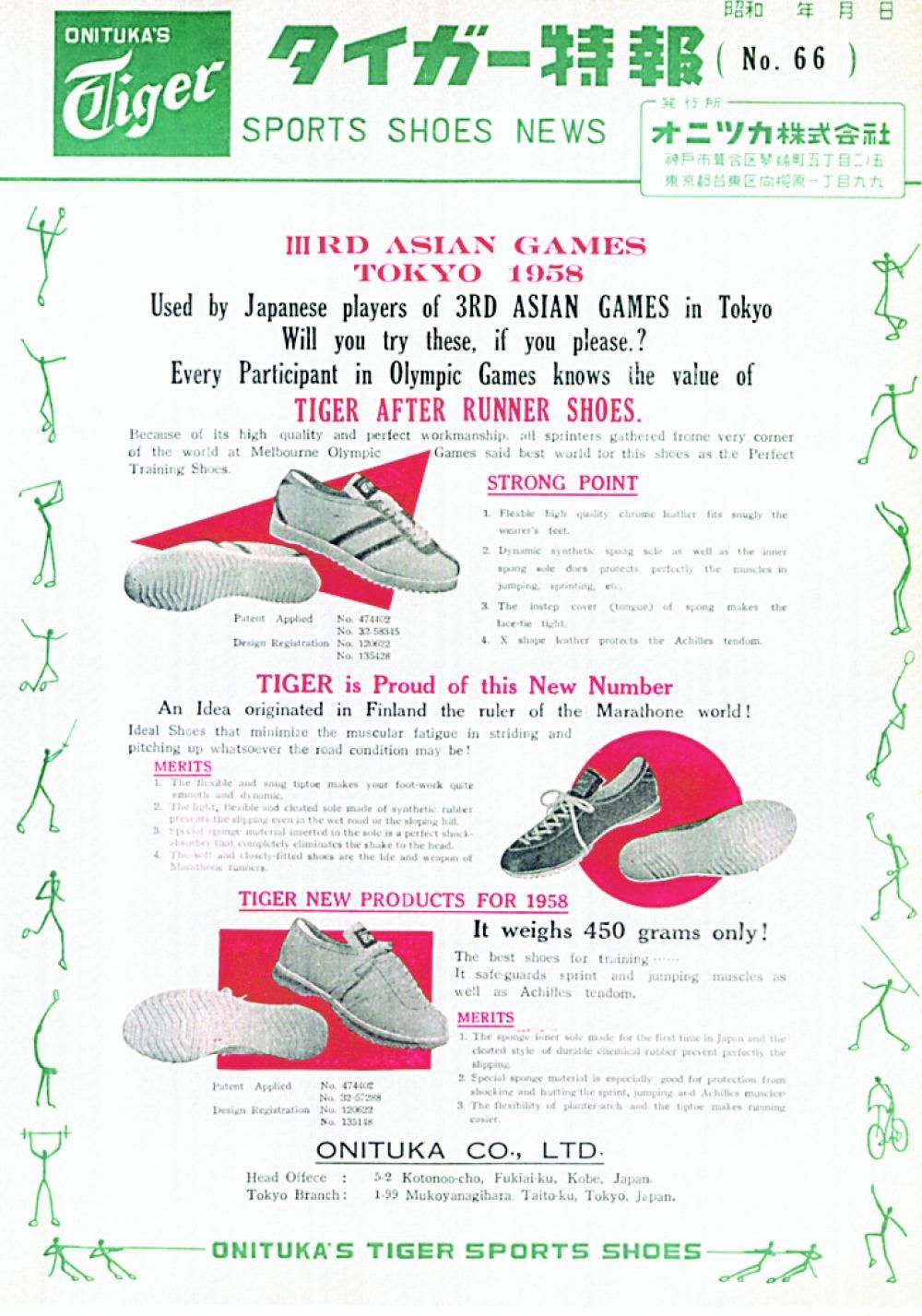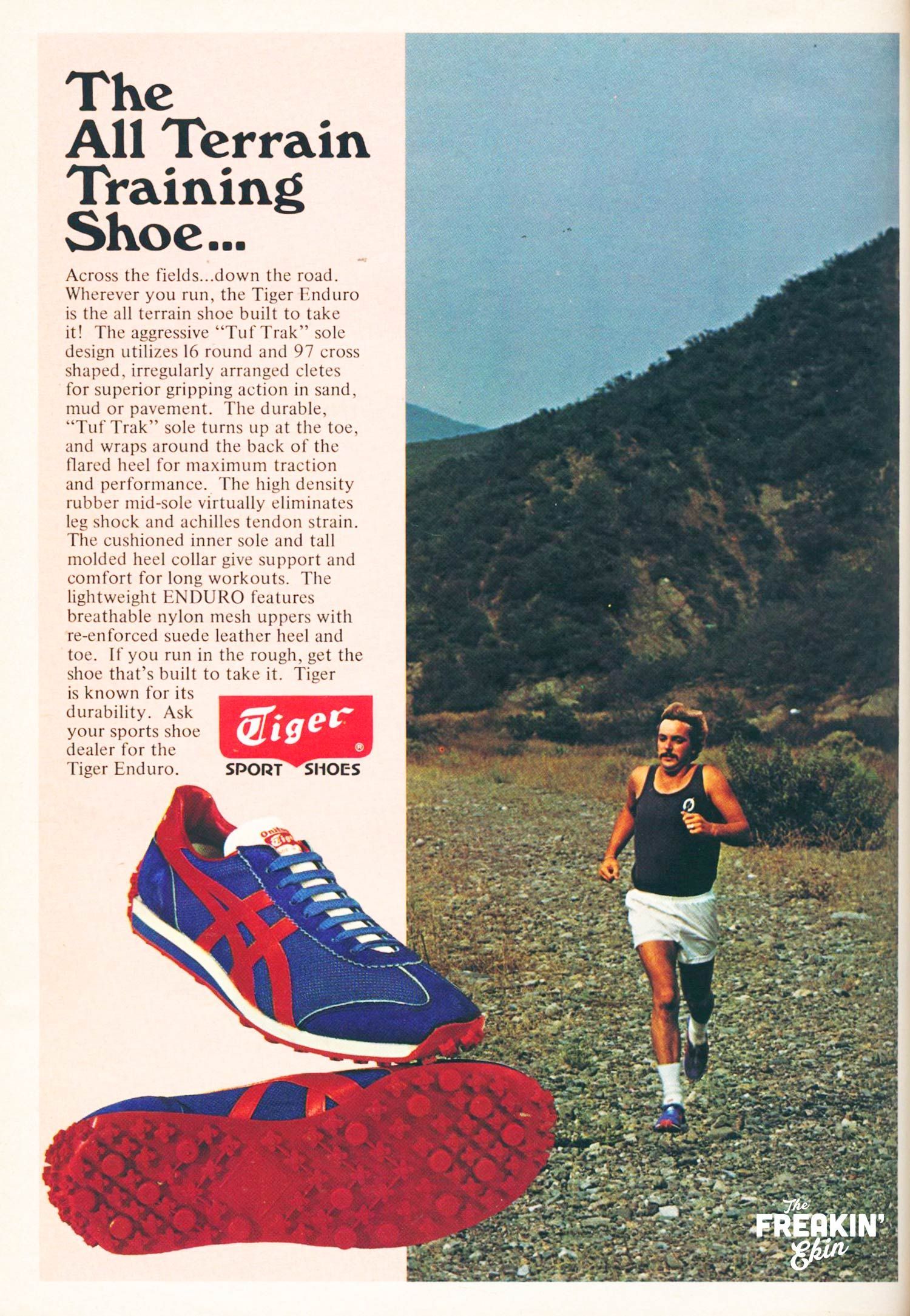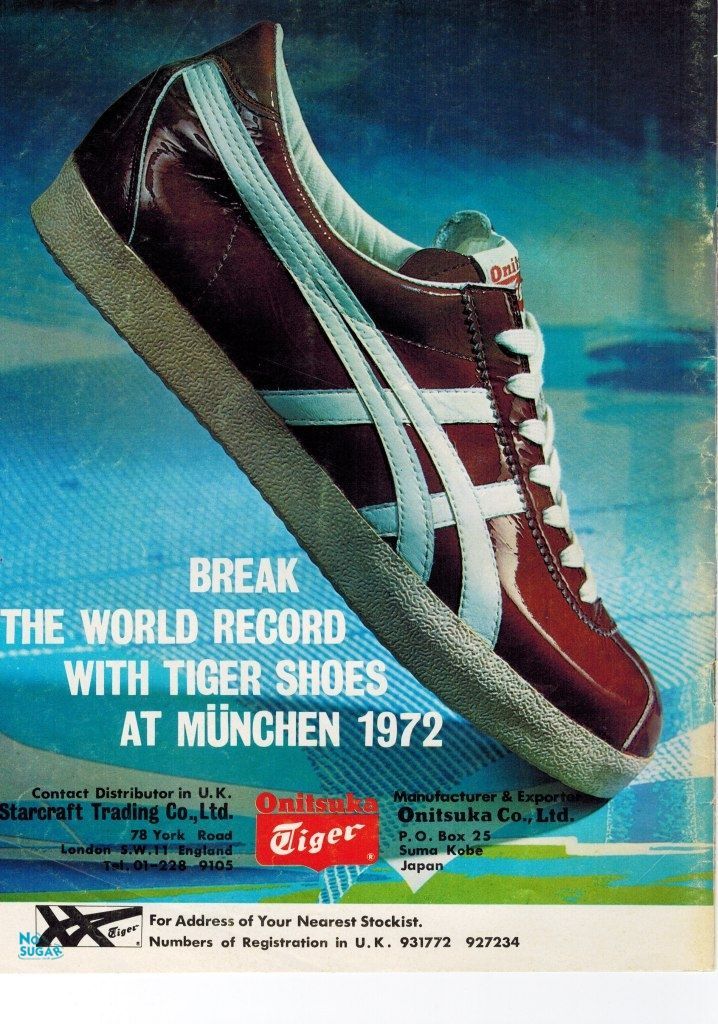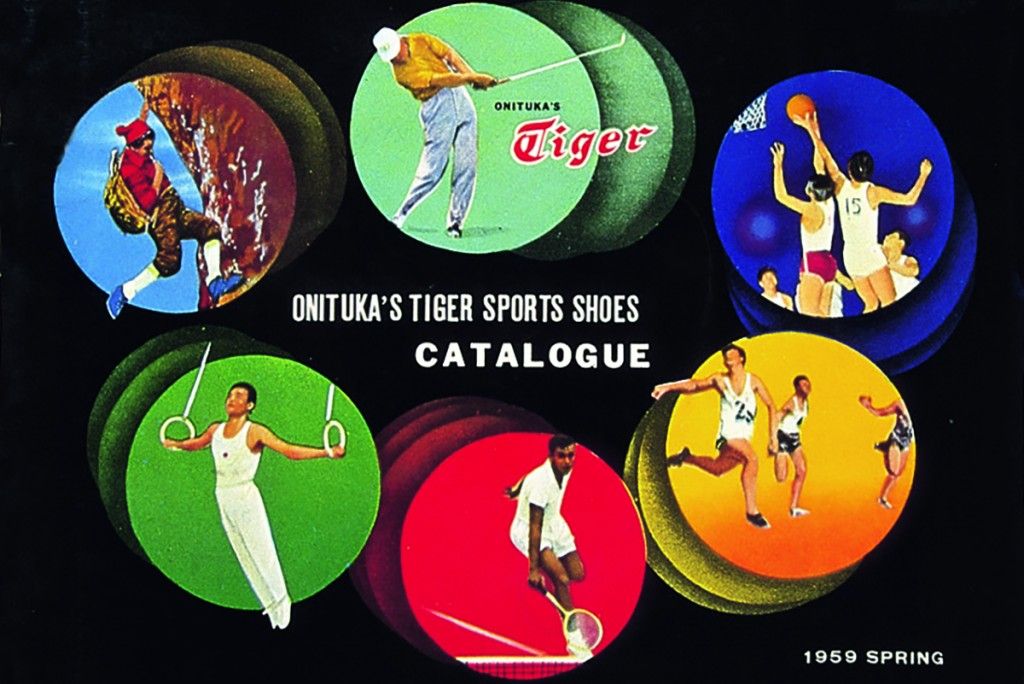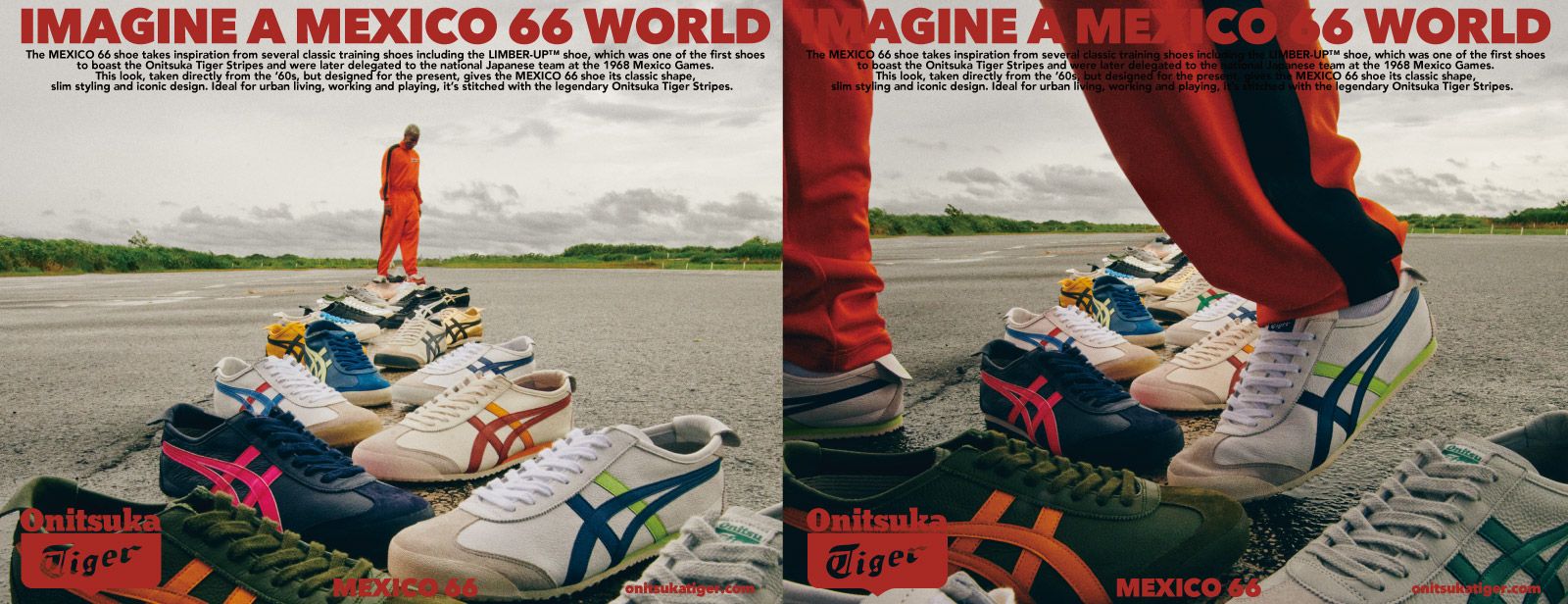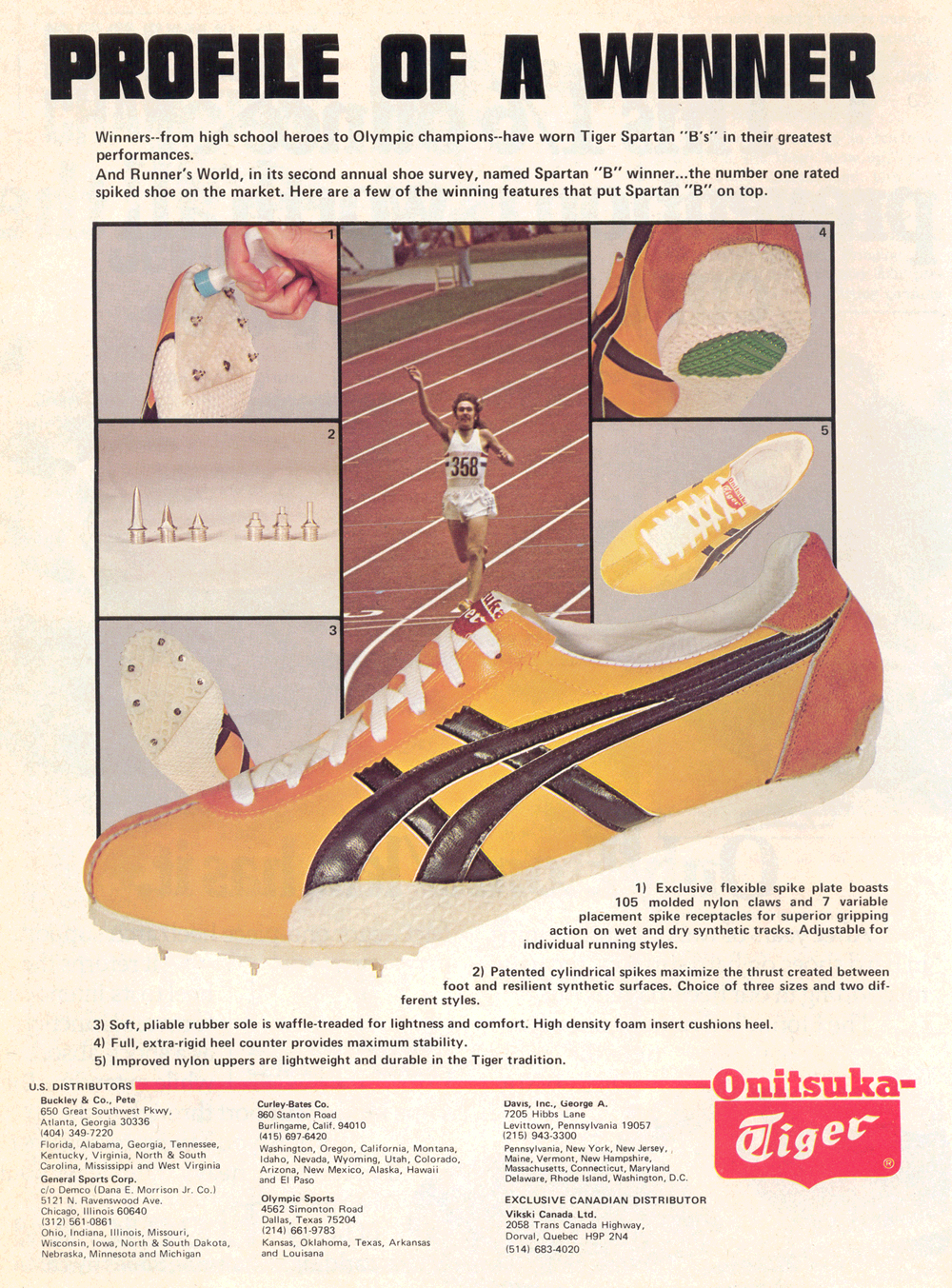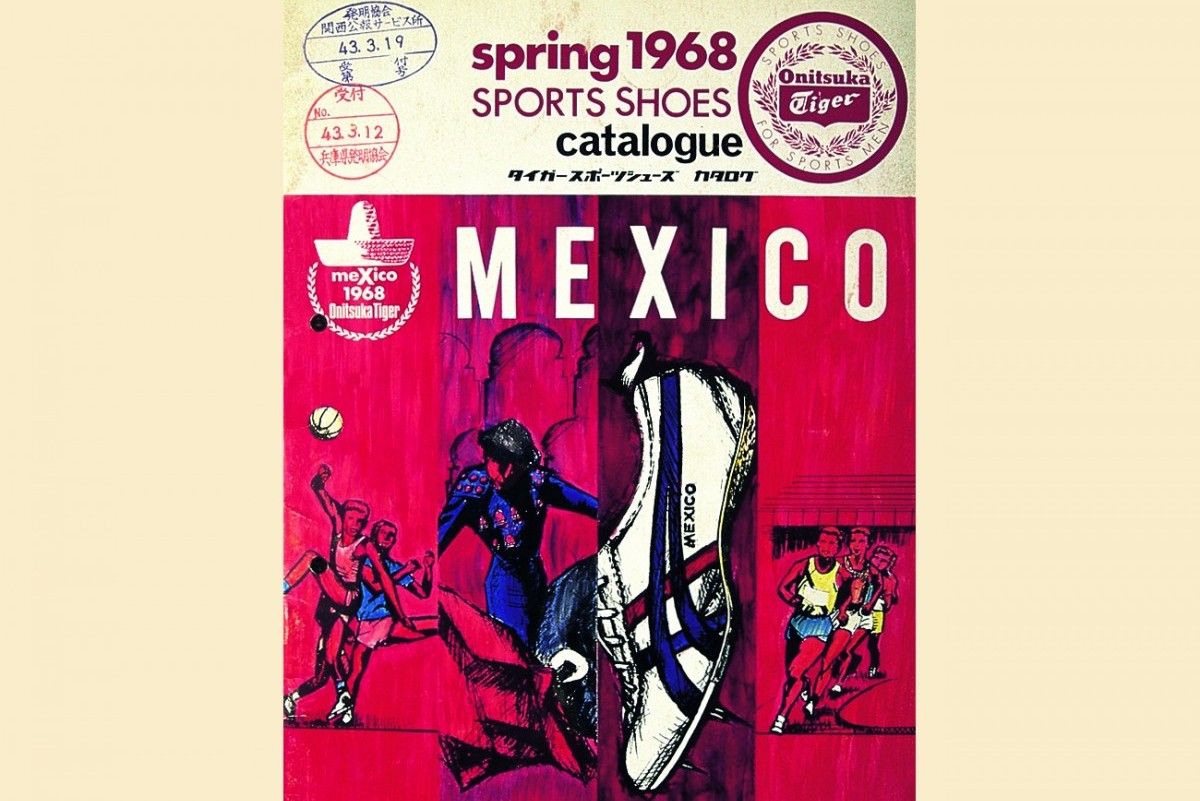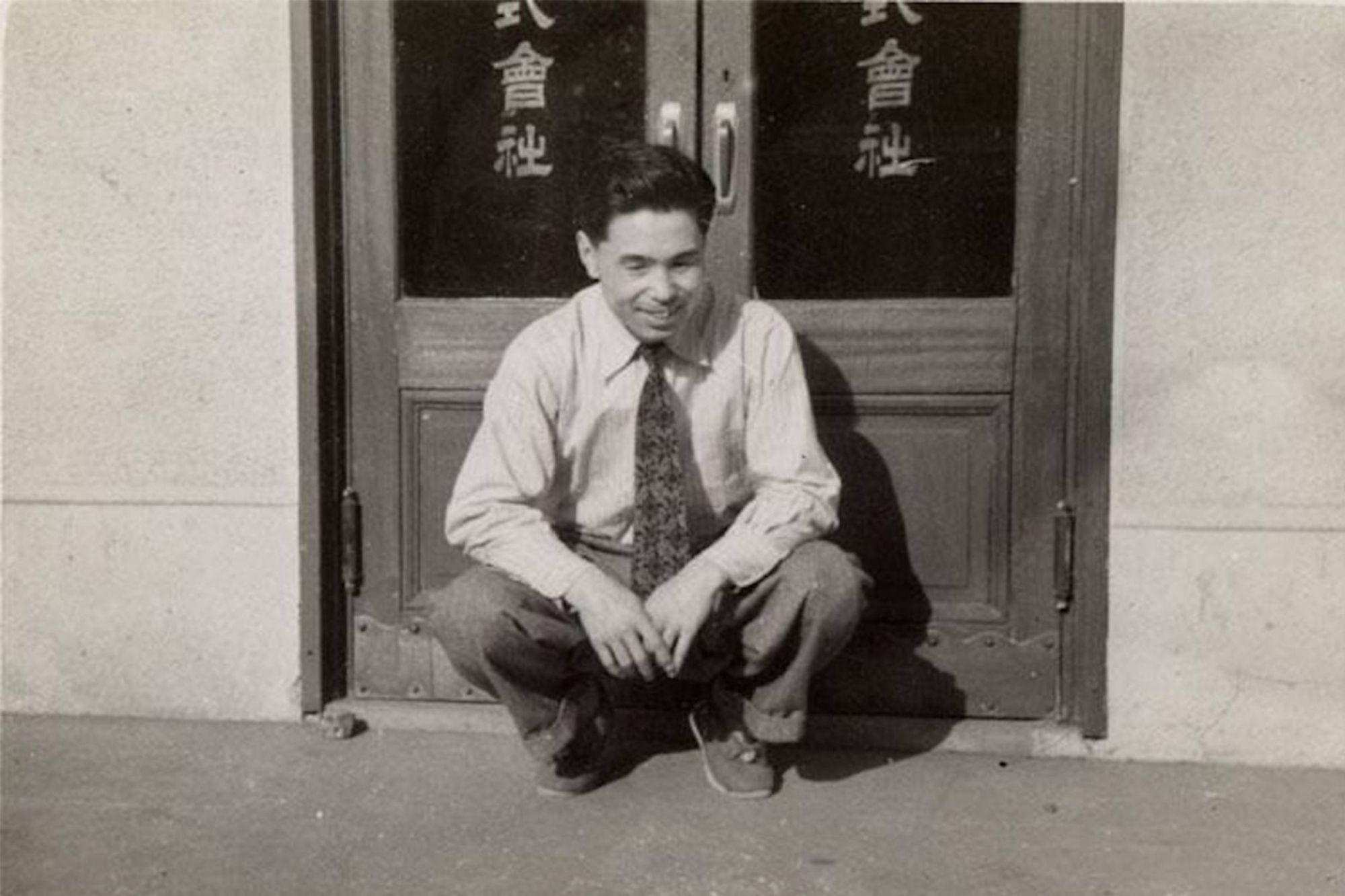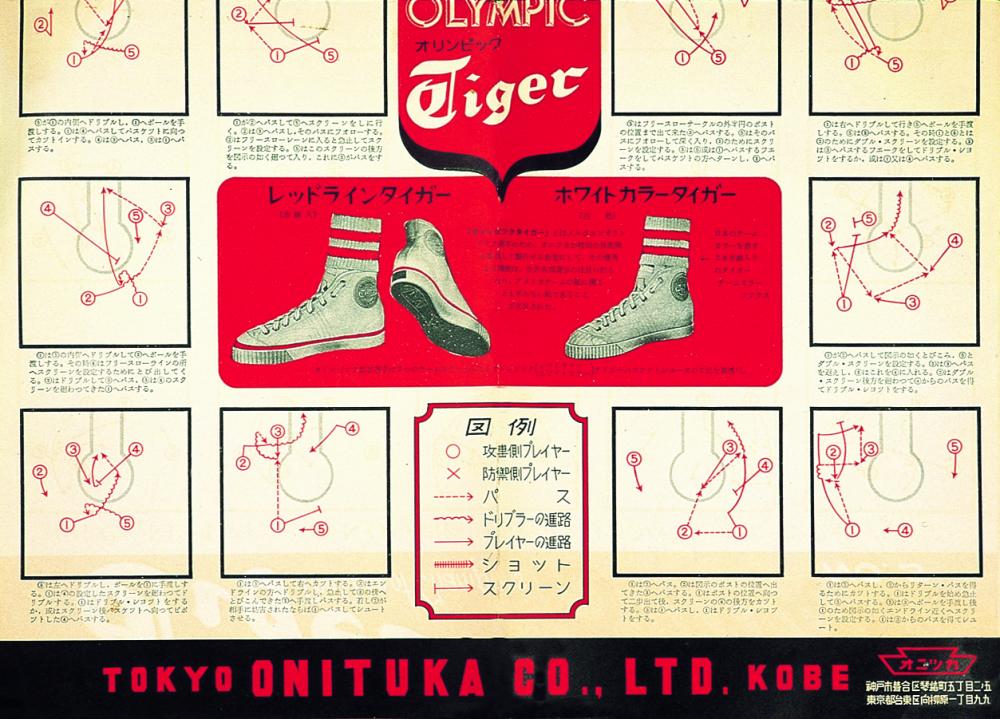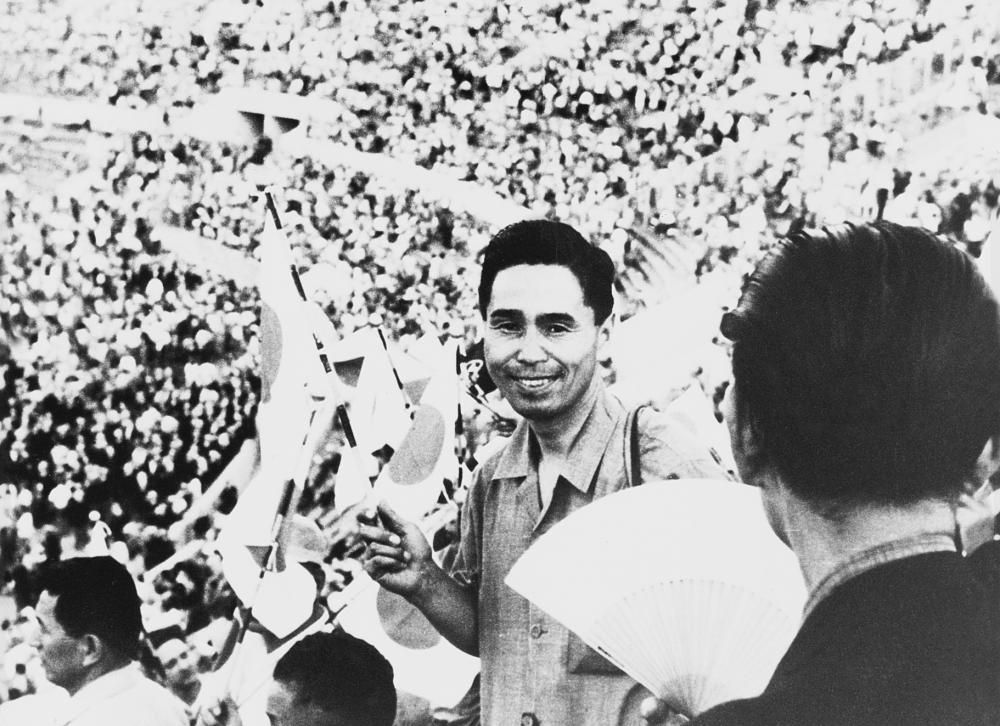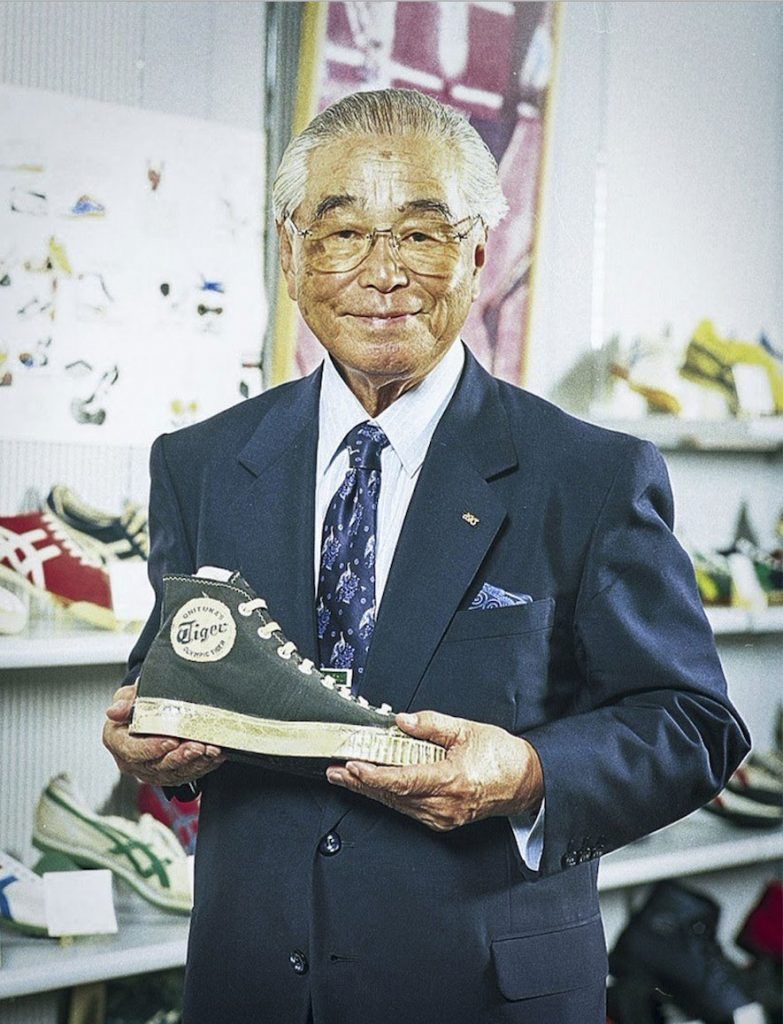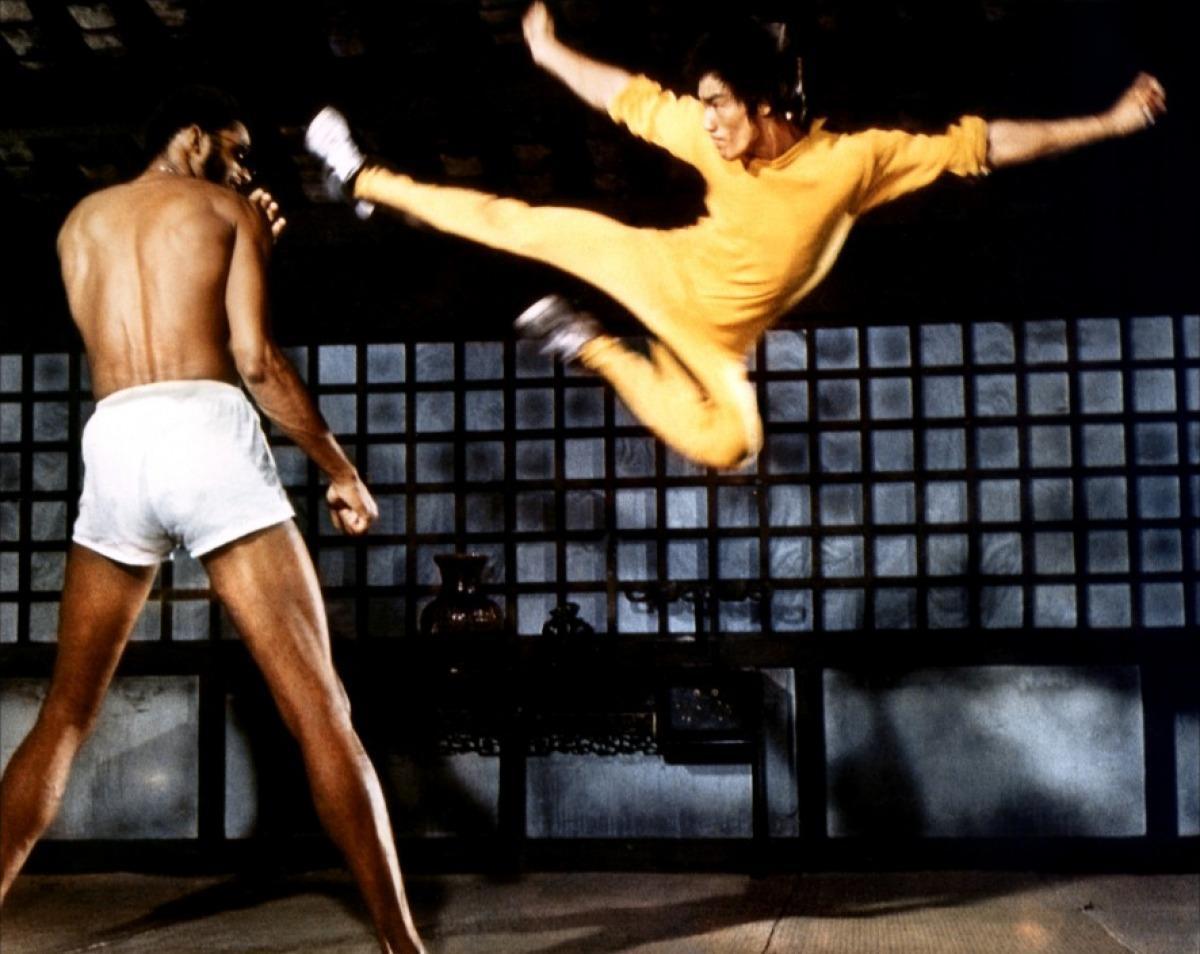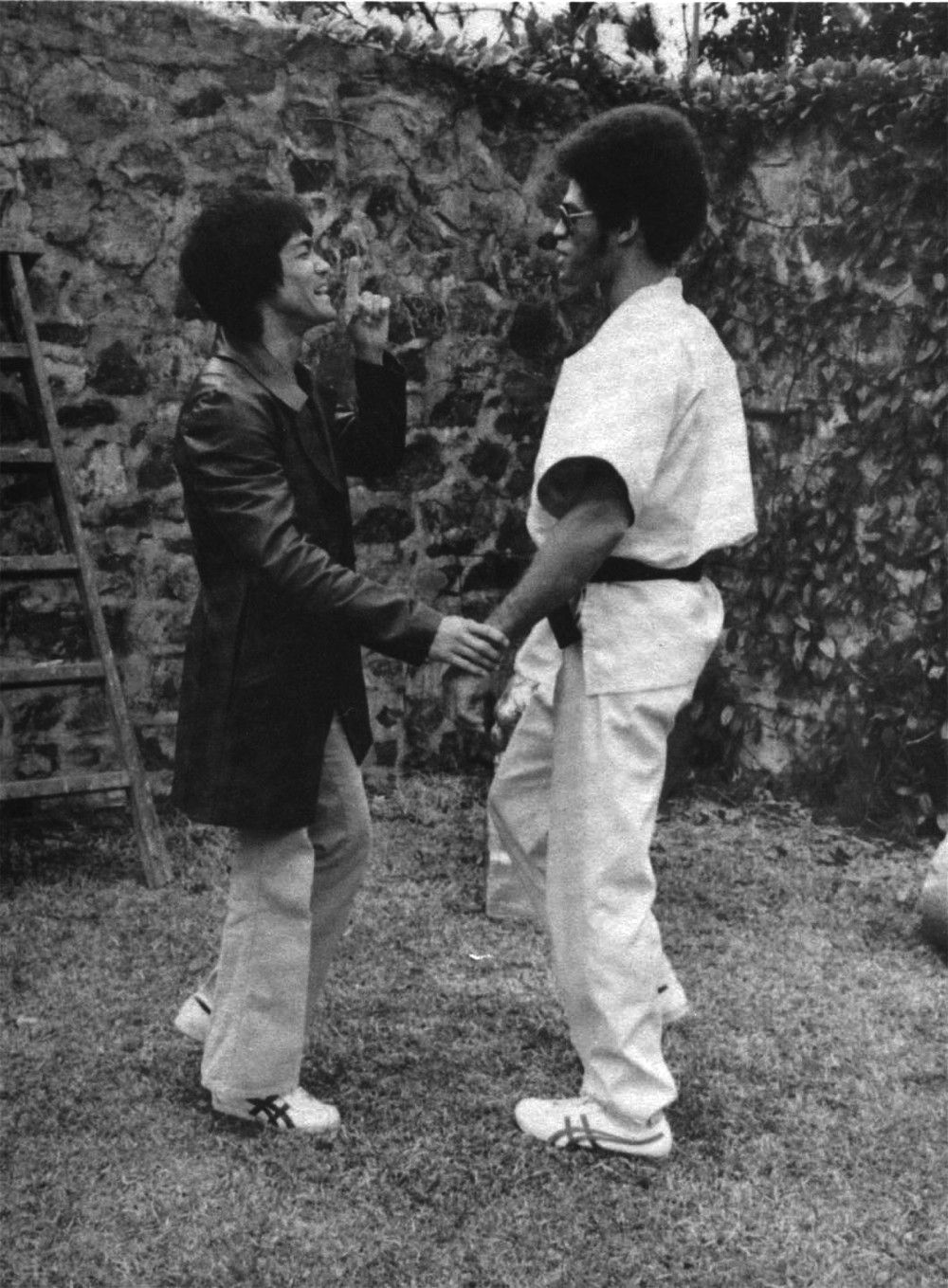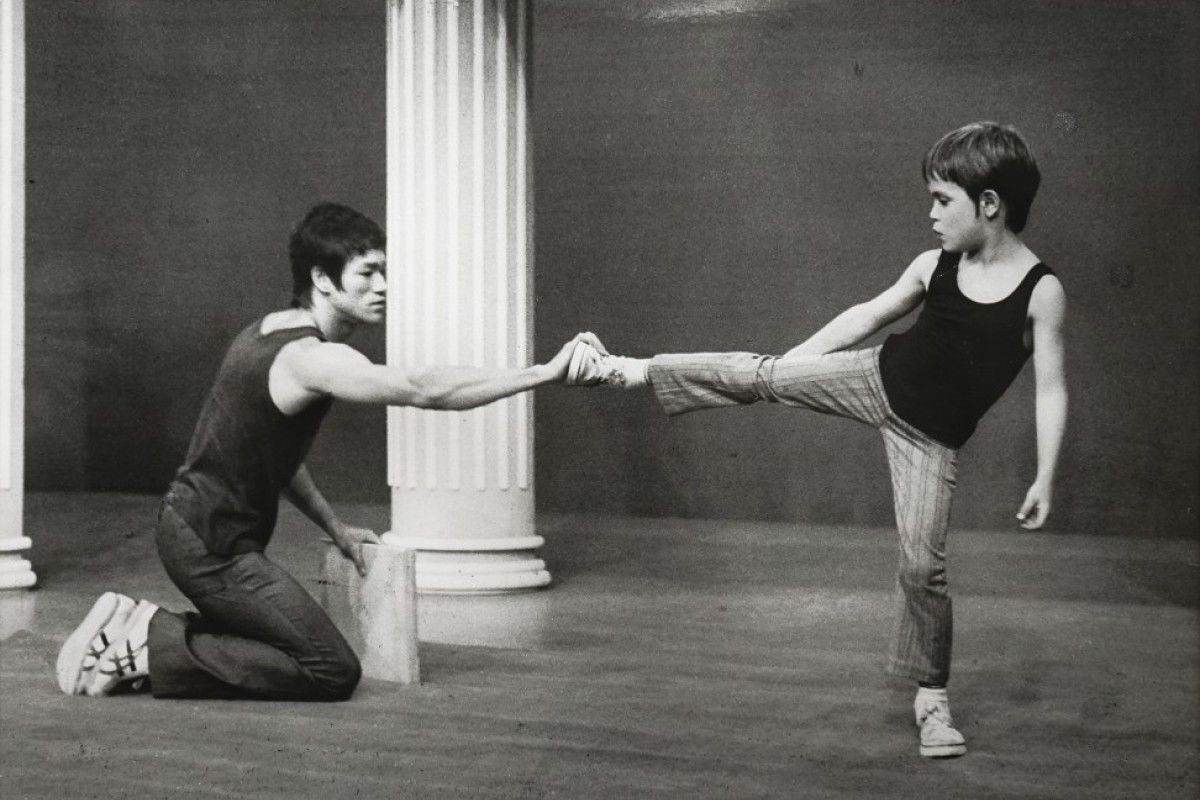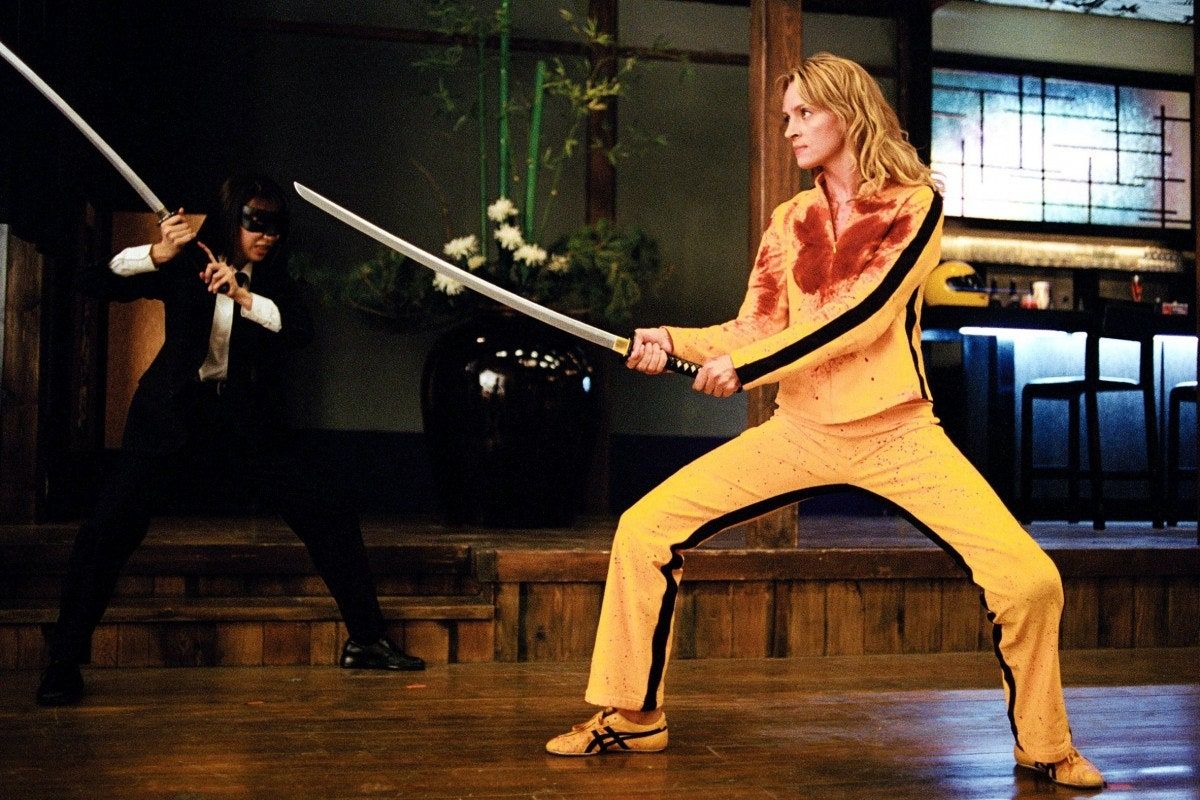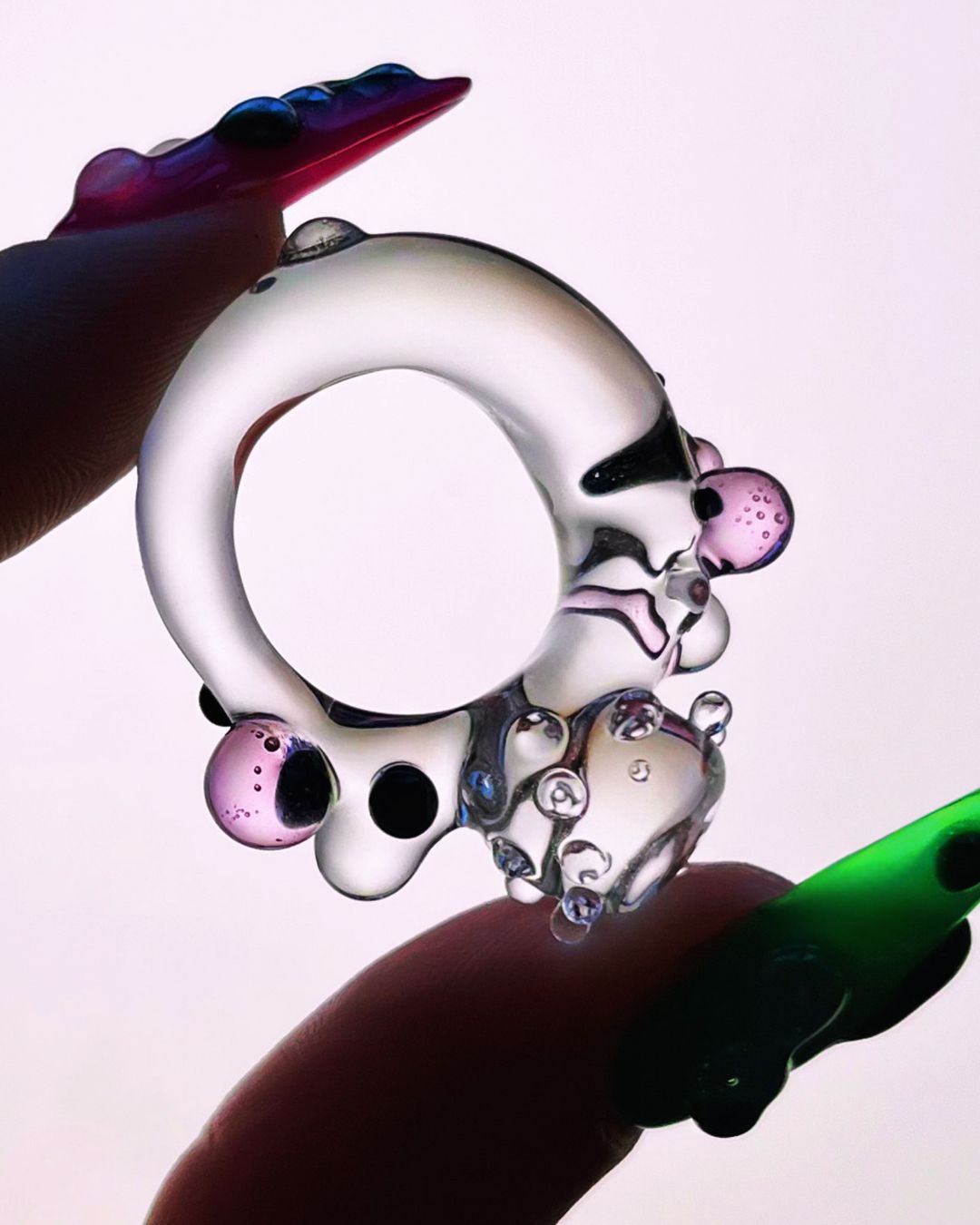
Onitsuka Tiger «The substance never changes» From historic Japanese brand to global fashion brand
Post-war Japan, Hong Kong kung-fu movies, The Bride of Kill Bill and Willow Smith. All names that have little to do with each other but that all represent facets of that cross-sectoral myth that is Onitsuka Tiger – a Japanese sportswear brand that has found the secret to its immortality not in stasis and self-worship but in a continuous and constant reinvention - that has led him to move from sportswear to real fashion , with ready-to-wear collections and boutique openings all over the world, the last of which in Milan, today 18 December. The ability to reinvent itself lies at the root of the new fashion-oriented breakthrough that the brand has undertaken under the direction of Andrea Pompilio, who explained to nss magazine:
«My concept is always to start from the history of the brand that invented and developed sportswear but without ever presenting something too sporty because Onitsuka Tiger is not an athletic brand but a fashion brand».
After being for decades and decades a brand exclusively linked to sportswear, in fact, the direction of the brand changed with 2013, and the collaboration with Andrea Pompilio for the creation of the Andrea Pompilio x Onitsuka Tiger Mexico 66 DX MT. The success of the sneaker led to the birth of a larger collaboration that saw the designer and the brand collaborate for a collection of apparels in 2013 that was renewed for the next five years.
In 2017, Pompilio became creative director of the brand and took him to a new, more vibrant direction and had one of his biggest highlights in October last year, with Onitsuka Tiger's SS20 show in Tokyo celebrating the memory of Kihachiro Onitsuka, the recently deceased founder. Its design philosophy is simple and practical, and constitutes a natural continuation of the original spirit of the brand:
«The important thing for me is to always maintain an element of uniqueness and novelty. As a novelty I mean not only in design but also in comfort, which for me is another extremely important aspect».
But Pompilio's designs are even more ambitious for the new decade, starting with Onitsuka Tiger's FW20 campaign starring Willow Smith, immortalized against the backdrop of a desert landscape. This collaboration marks perhaps the greatest degree of evolution from the origins of the brand, and does so by transporting it to a universe of completely contemporary references. The only thing that's never going to change? The logo. As Pompilio himself told nss magazine:
«Surely the logo is always something stable. [...] Sometimes we shrink it, sometimes we enlarge it, but the substance never changes».
Although he wants to transport the brand in a new direction, in fact, Pompilio knows that its history and origins are perhaps the most fundamental part of its soul. At first, in 1949, Onitsuka Tiger was born from the meeting between a basketball coach and former military player Kihachiro Onitsuka.
In Japan at the time, basketball had arrived but not sneakers to play it – the mission that Onitsuka set out to do was to create a Japanese basketball sneaker for Japanese youth. The first attempts were unsatisfactory but in 1951, while eating a cold cucumber and octopus salad, Onitsuka had an illumination: if he could reproduce on the rubber the concave shape of the octopus suction cups, he would have obtained the perfect sneaker to play on the court. Starting from that brilliant and unexpected intuition would start the whole mythology of Onitsuka Tiger.
This is how the OG model of Onitsuka Tiger was born and would be adopted as early as '56 by the Japanese Olympic delegation. In 1964, at the Tokyo Games, sixteen Olympic golds took the podium with the Tigers, the following year the national basketball team won the FIBA World Championship. The partnership with the Olympic delegation will last for twenty-four years – until 1980. In this period the name of the brand was increasingly closely linked to the world of Olympic excellence and Japanese competition. Also linked to the history of the Olympics is the birth of the most iconic silhouette of the brand, the Mexico 66 presented in 1966 under the name of Onitsuka Tiger Limber, during the simulations of the upcoming Olympics in Mexico City.
A little less than a decade later, Onitsuka Tiger would have merged with ASICS, creating the brand that everyone knows today. Meanwhile, the final fame had come to the silhouette from the world of sport: the Tigers had already entered America and their fame grew out of all proportion when they became the sneakers of four-time Olympic gold medalist Lasse Virén and countless other athletes. The consecration, however, was to come from the cinema: 1978 was the year of Bruce Lee's last film, Game of Death – a film in which Lee wears a famous yellow and black outfit with a pair of Mexico 66 coordinates. A combo that would become even more iconic in 2003 with the outfit worn by Uma Thurman in Kill Bill, a direct tribute to Bruce Lee.
Another period of prosperity for the brand came in the 1990s. When the Urahara aesthetic spread, it put the emphasis on sportswear, colors, hip-hop and punk. It was the time when the myth of Nigo and Jun Takahashi was born, but also the time when wearing sportswear was a statement, a way of life. It was the period in which the myth of Onitsuka Tiger returned to grow in preparation for the powerful relaunch of 2002. And since then, Onituska's rise hasn't stopped.













































